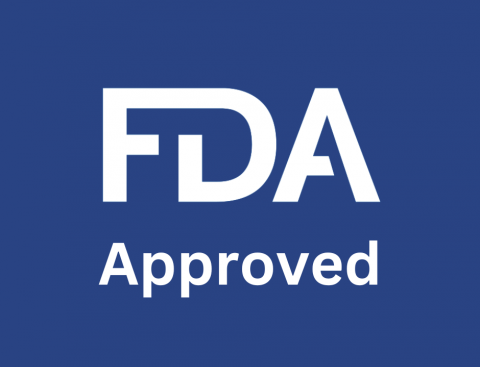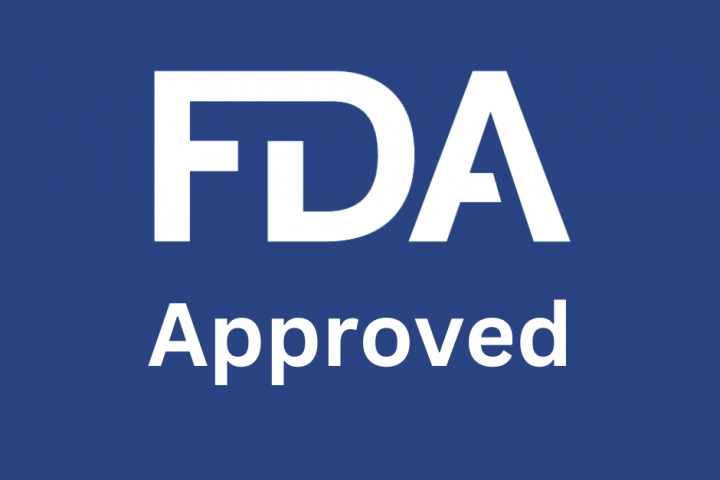By: Dr. Anish Shah
Bronx-Lebanon Hospital; Bronx, NY
On April 23, 2024, the U.S. Food and Drug Administration granted accelerated approval for tovorafenib (Ojemda, Day One Biopharmaceuticals, Inc.) for relapsed or refractory pediatric low-grade glioma (LGG) harboring a BRAF fusion or rearrangement, or BRAF V600 mutation, in patients aged 6 months and older. This marks the first FDA approval of a systemic therapy for patients with pediatric LGG with BRAF rearrangements, including fusions.
Study ID: NCT04775485
Approval was based on FIREFLY-1, a multicenter, open-label, single-arm study that included 76 patients diagnosed with relapsed or refractory pediatric LGG harboring an activating BRAF alteration detected by a local laboratory who had undergone at least one line of prior systemic therapy. Patients with recorded evidence of radiographic progression and at least one measurable lesion were considered for the study. Patients with tumors harboring additional activating molecular alterations or with a known or suspected diagnosis of neurofibromatosis type 1 were excluded. Patients received tovorafenib based on body surface area (range: 290 to 476 mg/m2, up to a maximum dose of 600 mg) once weekly until disease progression or unacceptable toxicity was observed.
The primary efficacy outcome measure was overall response rate (ORR), which is the percentage of patients who experienced a complete response (CR), partial response (PR), or minor response (MR), as determined by an impartial central review (BICR) using the Response Assessment in Pediatric Neuro-Oncology Low-Grade Glioma (RAPNO-LGG) guidelines. Other efficacy measures included the length of the response (DoR). The study found an ORR of 51% (95% CI: 40, 63) and a median DoR of 13.8 months (95% CI: 11.3, not estimable).
Frequent adverse reactions (occurring in at least 30% of patients) were skin rashes, changes in hair color, fatigue, viral infections, vomiting, bleeding, dry skin, constipation, nausea, acne-like dermatitis, and upper respiratory tract infections. The most typical laboratory abnormalities of Grade 3 or 4 (occurring in more than 2% of patients) included hypophosphatemia, anemia, rhabdomyolysis, transaminitis, leukopenia, lymphopenia among others.





